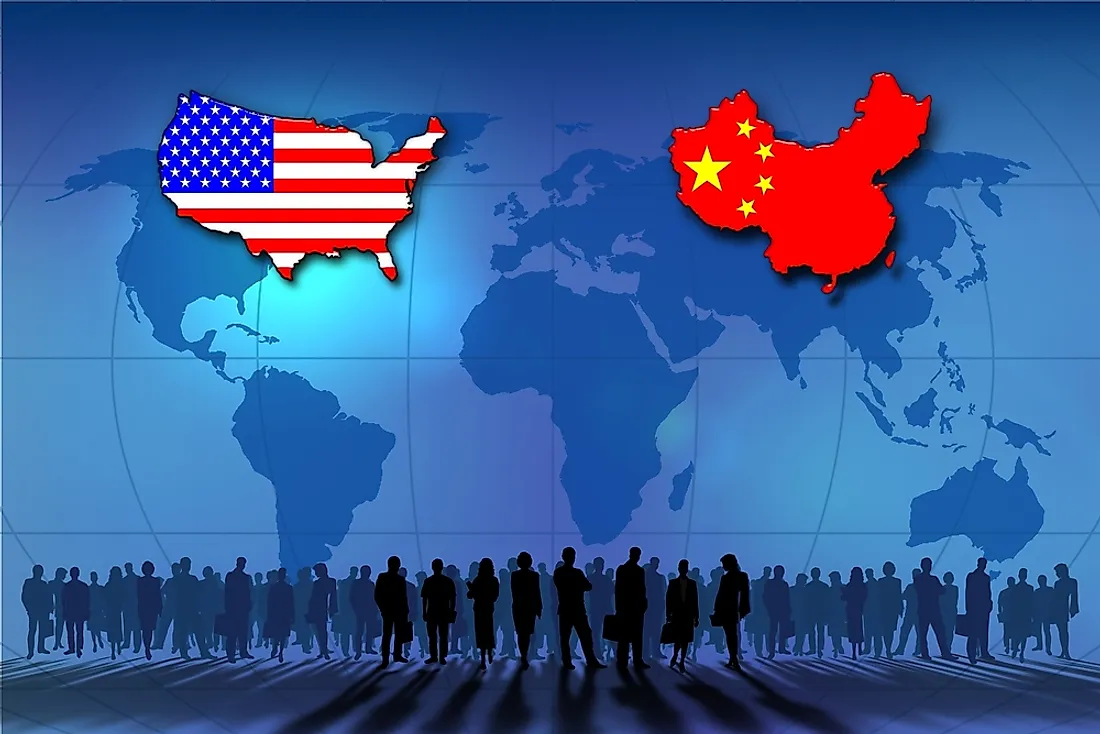Is China Bigger Than the United States?

China is an East Asian state and the most populous country on earth with over 1.404 billion people. China has jurisdiction over four direct-controlled municipalities (Chongqing, Shanghai, Tianjin, and Beijing), 4 autonomous regions, and 22 provinces. It is one of the earliest civilizations on earth which emerged fertile basin of Huang He (the sixth longest river on earth) in the North plain of China. The regions political structure was based on dynasties or monarchies for centuries.
Is China Bigger than the United States?
No, the United States has a bigger total area than China due it’s the coastal waters off the American island territories and states. The United States occupies a total area of about 3.8 million square miles while China has an area of approximately 3.7million square miles. However, China has a bigger land area than the United States. The Chinese land area is about 2.2% bigger than the United States (3.5 million square miles). China has a land area of approximately 3.6 million square miles, and this land area doesn’t include numerous undisputed territories. Taiwan became a Chinese territory after ROC (Republic of China) was defeated in the 1950 Chinese Civil War. The government of the ROC escaped leaving the people’s republic of China controlling Taiwan and numerous islands. China has two disputed territories which India including Arunachal Pradesh (34,749 sq miles) in South Tibet and Aksai Chin (14,380 sq miles) near Kashmir. If these territories were to be reunited with China, the Chinese land area would be 4% bigger than the U.S. The Chinese have undertaken numerous contentious projects of building in uninhabited islands which they claim in the South China Sea. Claiming the uninhabited islands can help China increase the size of their maritime area, but at the risk of political and ecological destabilization.
Geography
The Chinese territory is quite diverse and vast ranging from the subtropical forests to the Taklamakan desert and Gobi desert in the northern parts of the country. China is separated from Central and Southern China by the Tian Shan, Pamir, Himalaya, and Karakoram mountain ranges. China has a 9,000miles long coastline along the Pacific Ocean, and it’s bounded by South China, East China, Bohai, and Yellow Seas. China is home to two of the longest rivers in the world; the Yellow and Yangtze Rivers. The country is connected to the Eurasian Steppe via the Kazakh border. Mount Everest, the world’s highest point, is on the Nepalese-Sino border. The lowest point in China and the third lowest on earth is the dried bed of Lake Ayding in the Turfan Depression.
Climate
The Chinese climate is dominated by the wet monsoons and dry seasons that cause the pronounced temperature difference between summer and winter. The southern winds blowing from the coastal regions are moist and warm during summer. The northern winds from the high-altitude regions are dry and cold in winter. One of the main environmental issues affecting China is the expansion of its deserts like the Gobi Desert. The Chinese climate differs for place to place due to the state’s complex topography. The climate ranges from the subarctic in the alpine and far north to the tropical in the south. Precipitation in the region is concentrated in warm months.











